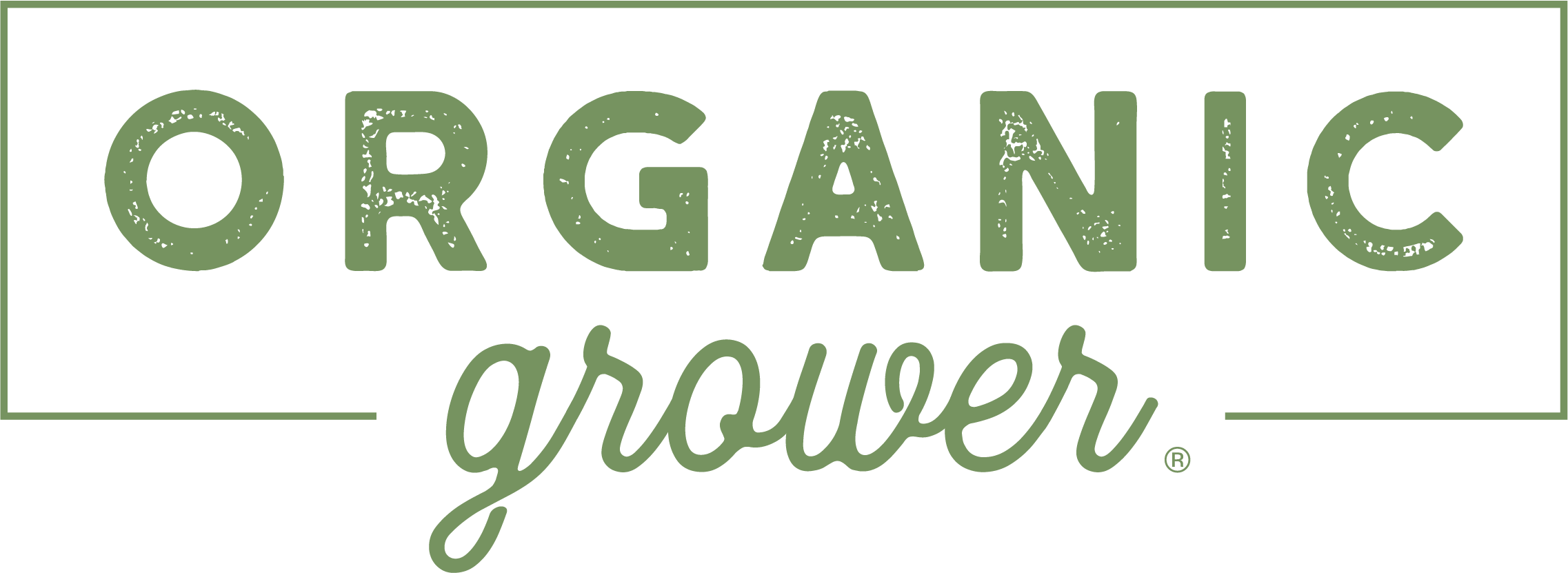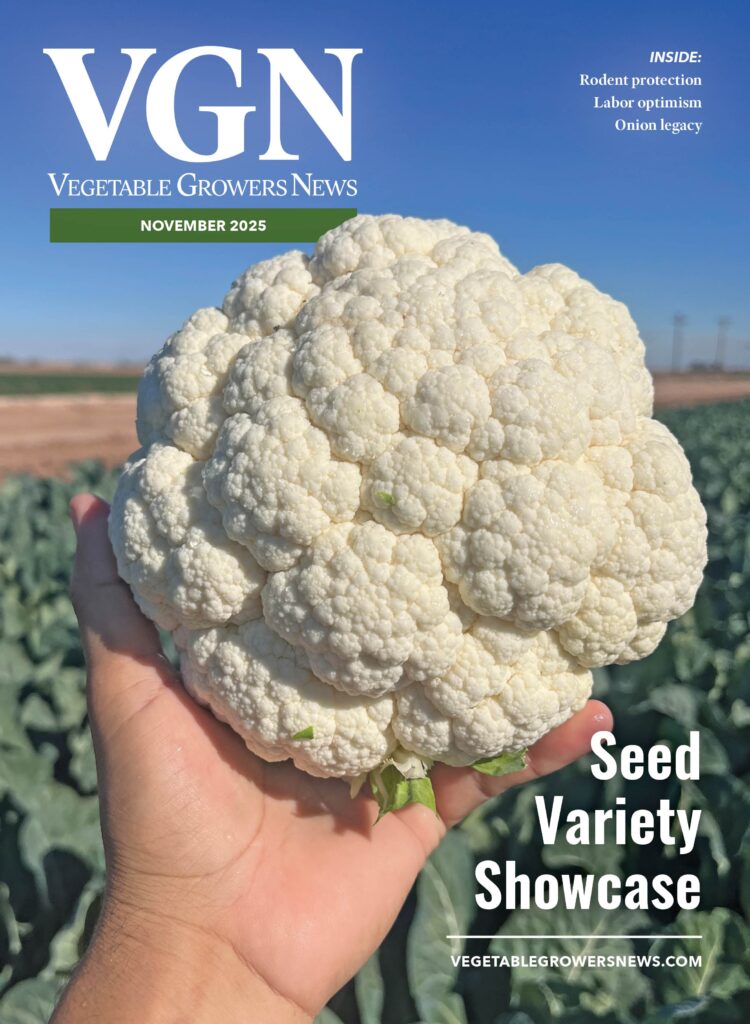
Oct 25, 2024Soil tarping for weed management tested in onion production

Onions grow slowly and develop a minimal leaf canopy, which makes them highly susceptible to weed competition. Researchers at South Dakota State University (SDSU) studied how soil tarping for weed management could help onion growers reduce weed pressure without relying solely on herbicides or intensive tillage. The trials compared solarization and occultation methods across different tarp materials and application periods.
Solarization: Harnessing the Sun
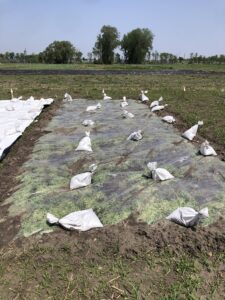
Solarization uses clear greenhouse plastic to trap heat and moisture, raising soil temperatures high enough to kill weed seeds and seedlings. The plastic is secured with sandbags or buried edges for maximum effect. In hot climates or during summer months, this process can significantly reduce the weed seed bank.
In cooler regions or when applied early in the season, solarization encourages weed seed germination before planting. Growers can then clear seedlings with light tillage, leaving fewer weeds to compete with onions once the season begins.
Occultation: Blocking the light

Occultation uses opaque silage tarps, placed with the black or white side facing up, to block light from reaching weed seeds. Without light, weeds cannot germinate, leaving a clean bed for planting once the tarp is removed. This method also relies on securing tarps with sandbags.
SDSU researchers tested both solarization and occultation in 2023, applying tarps for two, four, or six weeks on the following dates:
- Two-week tarps: May 15
- Four-week tarps: May 4
- Six-week tarps: May 30
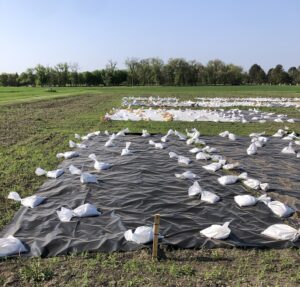
All tarps were removed on May 30.
Clear tarp and control plots received light tillage to eliminate germinated weeds, and all treatments were lightly harrowed before transplanting “Candy” and “Patterson” onions.
Trial results from SDSU
Rainfall totaled 5.6 inches from June to August, and all plots received drip irrigation. Researchers collected weed height, count, and weight data biweekly, as well as marketable and cull onion yields after harvest.
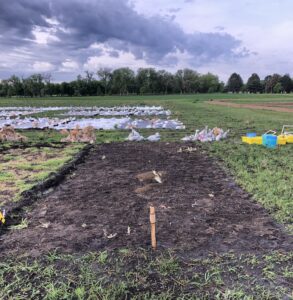
At tarp removal, black side up and white side up silage tarps showed the lowest broadleaf and grass weed counts, heights, and biomass. Control plots and six-week clear tarp plots recorded the highest grass weight averages, followed by two-week and four-week clear tarps. Broadleaf weeds were also most abundant in control plots and clear tarp treatments.
Two weeks after tarp removal and planting, data revealed the six-week clear treatment reduced average broadleaf weed counts per acre by 67% compared to the control. This finding supported solarization’s ability to deplete the weed seed bank when applied long enough.
Yield and weed pressure

Despite the reductions in weed pressure, researchers observed no differences in onion yield among treatments. This was likely due to consistent biweekly hand weeding across all plots after each data collection.
While soil tarping for weed management alone may not guarantee higher yields, evidence showed occultation reduced weed pressure during the growing season when applied for six weeks. Researchers concluded that tarping works best when combined with other weed control practices to maximize onion yield potential.
Written by Hannah Voye, Rhoda Burrows and Kristine Lang
Hannah Voye is a research assistant at South Dakota State University. She is completing her second year as a graduate student studying plant science.
Rhoda Burrows is a professor at South Dakota State University.
Kristine Lang is an assistant professor at South Dakota State University.


